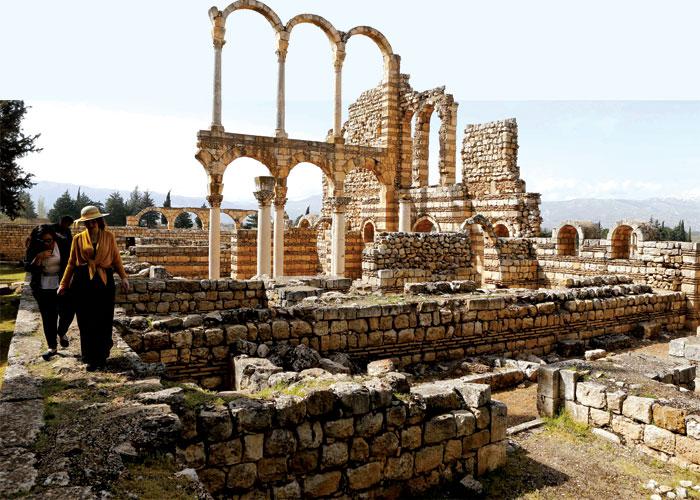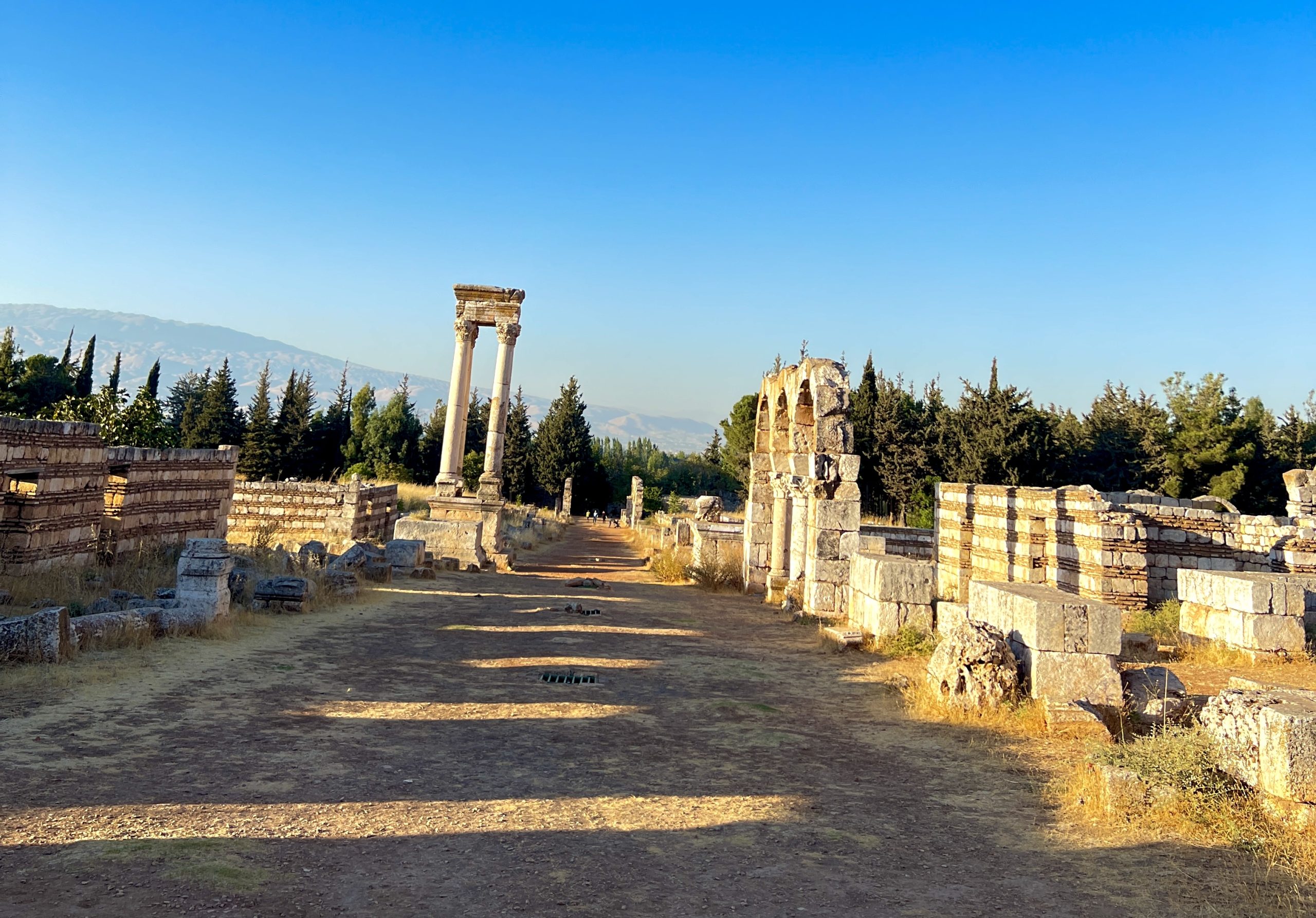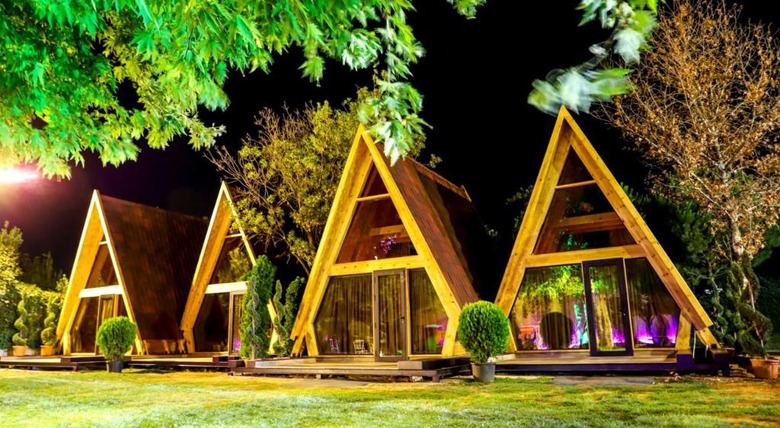Anjar is famous for its strong Armenian ties and its stunning Umayyad ruins that are unique in Lebanon. Set among magnificent mountains, it is a perfect example of an exciting retreat boasting a rich history.

Getting There
Take the Beirut-Damascus Highway towards Zahle, and follow the signs towards Anjar.
What to Do

Ummayad Ruins in Anjar
Before the discovery of the ruins in Anjar, Lebanon had archaeological evidence of almost every stage of Arab history except the Umayyads. The site was discovered accidentally in the 1940s by a team of archaeologists looking for the ancient city of Chalcis. What they found instead was the missing link in Lebanon’s long line of Arab rulers. Anjar is home to a complex of Umayyad ruins, including two palaces, a mosque and a public bath. Anjar is close to 1,300 years old and evidence from Greek, Roman and Byzantine architecture can be found at the site, along with the arched Umayyad relics.
Anjar Water Trail
The name Anjar derives from the Aramaic expression “ain garya” (flowing water) due to the abundant water sources in the area. Indeed, this was one of the main reasons the Armenian community settled in this area in the early 1940s.
The main spring of Anjar flows through the northeastern part of the city, where there is a public space for visitors featuring a large mosaic mural highlighting the key sites of the city and numerous historical events. There is also a small walking trail: Anjar Water Trail. Take a full tour to check out the old watermills dating back to the foundations of the city and climb the newly built stairs to discover the trail that leads to a hidden cave, an organic farm, a reforestation site and a magnificent viewing point over the plains. It is also possible to rent a small pedal boat on the artificial lake created by the spring.
The Kfar Zabad Nature Reserve
Thanks to the presence of endangered birds in Anjar, the Kfar Zabad wetlands have been declared a nature reserve and for good reason. This sprawling natural site is home to magnificent sights and there are plenty of outdoor activities to enjoy in the area. The Society for the Protection of Nature in Lebanon (SPNL) is the main actor in the wetland and organizes several hikes with an emphasis on biodiversity and bird life. If you enjoy hiking and want a knowledgeable guide to expand upon what it is you’re seeing, contact SPNL (+961 1 343740, spnl.org)
Where to Eat

Al Shams (+961 8 620567, shamsrestaurant.com) is the spot to go to to try some of the best Armenian food Lebanon has to offer. With a spacious dining area and generous portions, Al Shams does not disappoint. Make sure you try their famous balloon potatoes, mante and itch.
Perched on the side of a lake, Al Jazira (+961 9 854040) is a local favorite and, in recent years, has become a tourist attraction for Beirutis seeking a rural escape. Al Jazira’s Lebanese food is consistently tasty, fresh, and reasonably priced, and their garden seating makes for a great extended lunch. You can choose from traditional mezze items, along with fresh grilled fish and shisha pipes. Al Jazira is great for children who can enjoy feeding the ducks and trout in the lake.
Where to Sleep
 Hotel Layali Al Shams (+961 8 622600) is the recent project of the Al Shams Hotel and a great modern and luxurious place to spend the night in Anjar. They have a large pool and outdoor space, clean rooms, and easy access to all of Anjar’s best sights.
Hotel Layali Al Shams (+961 8 622600) is the recent project of the Al Shams Hotel and a great modern and luxurious place to spend the night in Anjar. They have a large pool and outdoor space, clean rooms, and easy access to all of Anjar’s best sights.
Loading

